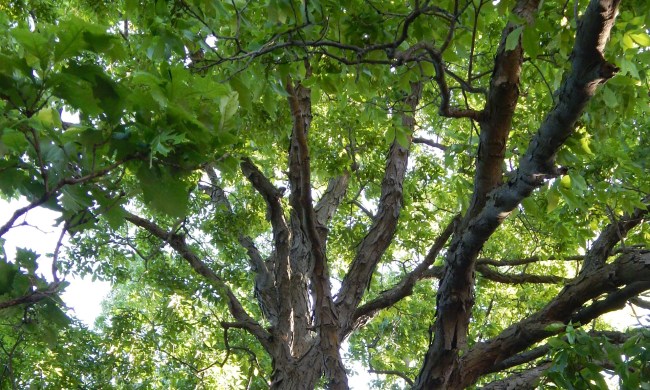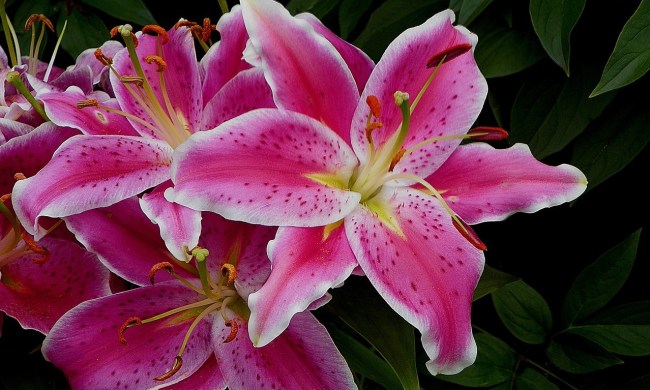Drizzled over pancakes or used to sweeten baked goods, maple syrup is a delicious treat. While it’s easy to find in stores, you can also make it at home! The process takes patience, but growing maple trees, harvesting the sap, and turning it into sweet maple syrup is definitely possible. If you’d like to get started, here’s what you need to know.
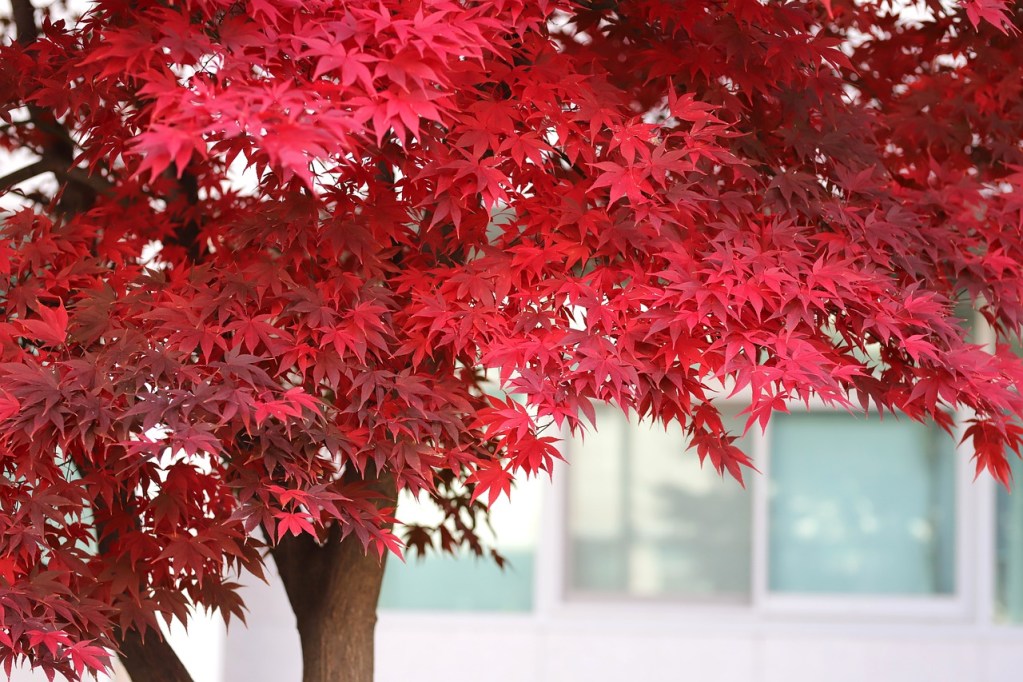
Choosing the right variety of maple tree
Any variety of maple trees can produce maple syrup, but some are better than others. Sugar maples are one of the most commonly used maple tree varieties, as their sap has a higher sugar content. Black, red, and silver maples are also commonly used. Smaller maple trees, such as the Japanese maple, are less commonly used.
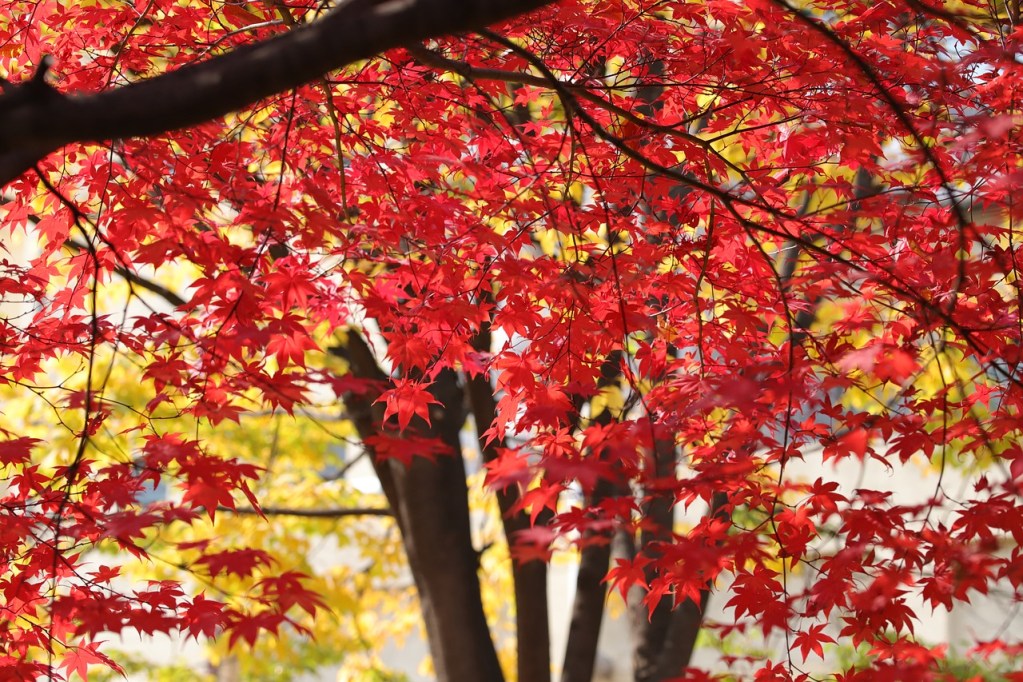
Caring for maple trees
Here's how to care for your maple trees:
Step 1: Plant them in full sun.
Step 2: Make sure you use well-draining soil.
Step 3: Feed the maple trees nitrogen-rich fertilizer or compost.
Step 4: Water your maple trees semi-regularly.

Harvesting the sap
This is how and when to harvest the sap:
Step 1: Begin harvesting in early spring, when the nights are below freezing, but the days are above freezing.
Step 2: Harvest from healthy trees that are at least 10 inches in diameter.
Step 3: Drill a 2-inch hole angled upward into the sunnier side of the tree.
Step 4: Place the spile in the hole.
Step 5: Tap it in with a hammer.
Step 6: Hang your sap collection bucket.
A bucket with a cover is ideal to keep debris out.
Step 7: Collect the sap at the end of each day.
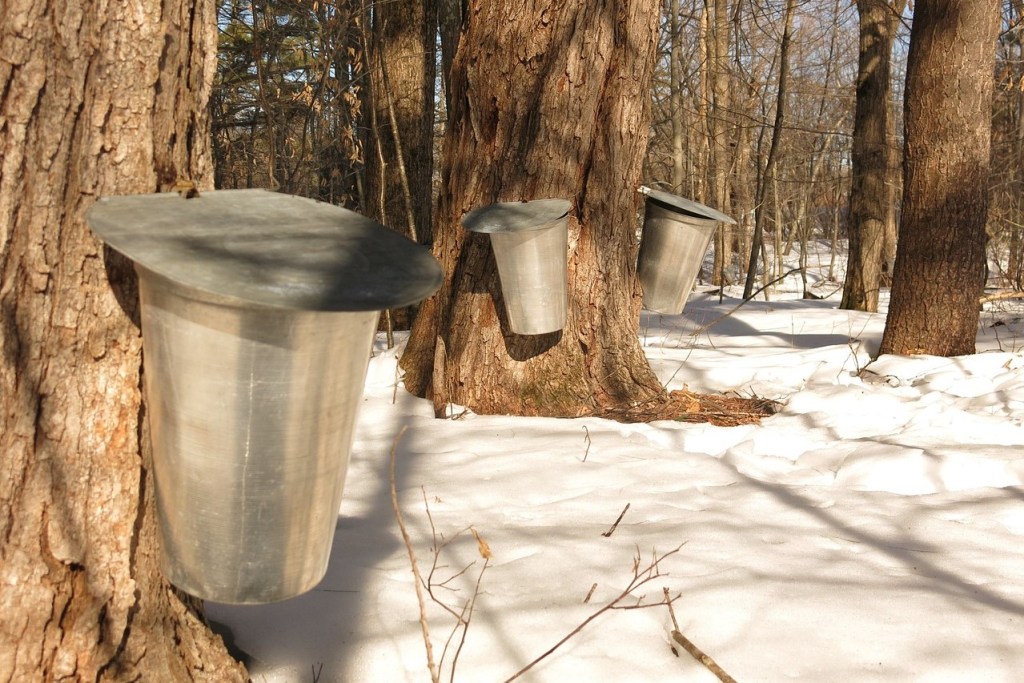
Turning sap into syrup
You can turn any amount of sap into syrup, but the more sap you have the better. It takes roughly 40 gallons of sap to make 1 gallon of syrup. When you’ve got all your sap, here’s how to turn it into syrup:
Step 1: Set up a fire or burner outdoors.
Making maple syrup indoors isn’t advisable, as it will cover your walls with steam.
Step 2: Fill your largest pot with maple sap.
Step 3: Boil the sap until it is dark and thick.
If it changes color very quickly or begins to smell bad, remove it from the heat immediately as it's starting to burn. Use a pot holder when moving the pot, as it will be hot.
Step 4: Take a spoonful of the syrup and let it cool, then pour it back into the pot.
If the syrup flows quickly and is watery, let it boil longer. If the syrup is thick and falls slowly, it’s ready. If it is too thick to pour, then you’ve made maple candy instead of syrup.
Be careful not to touch the syrup! It will still be hot, and since it's sticky, it will be difficult to get off your skin before it burns you.
Step 5: Pour the syrup into a bottle.
If the bottle is not heat resistant, let the syrup cool first.
You may notice sugar crystals in the bottom of your syrup. This is called sugar sand. It’s edible, although the texture can be unpleasant for some. It will settle to the bottom of the bottle and stay there, or you can filter it out. Now you’re ready to enjoy your maple syrup!


